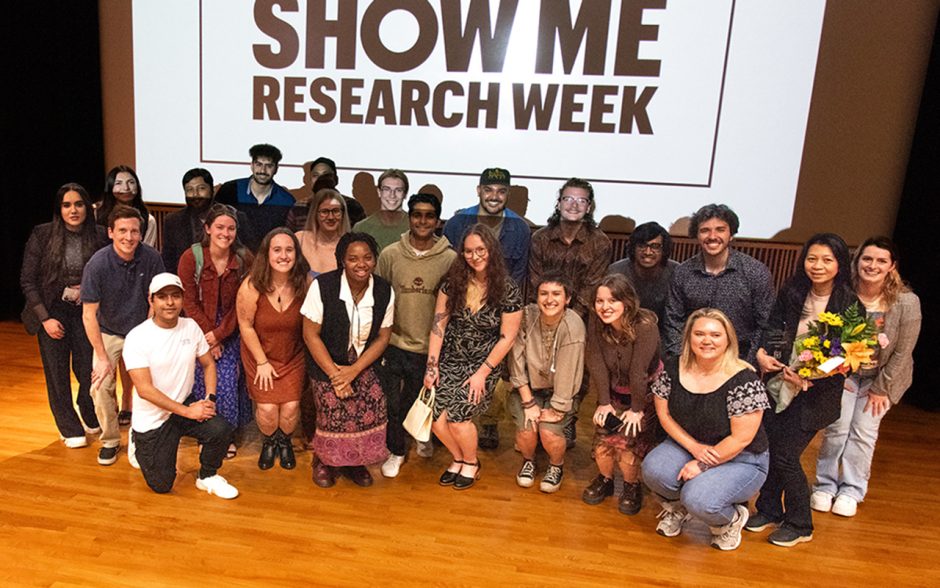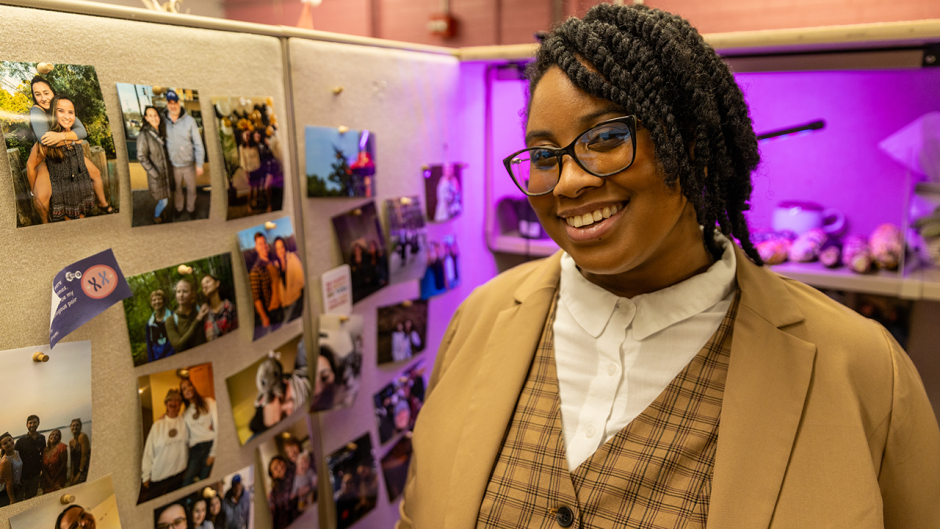Sept. 17, 2021
Imagine unexpectedly seeing yourself in a publicly shared photo on social media. Maybe you don’t want anyone to know you’re on vacation for security reasons, or maybe it’s just not a flattering picture of you.
Right now, there’s no way to control your image if it inadvertently ends up in someone else’s selfie. But a University of Missouri engineering team hopes to change that. They’re devising a tool that social media platforms could implement to help you dictate who gets to share your face.
Associate Professor Dan Lin and Professor Kannappan Palaniappan, both in the Department of Electrical Engineering and Computer Science, have received a more than $700,000 grant from the National Science Foundation for the work.
“Right now, social media only looks into privacy for owners or co-owners of images, and people in the background are ignored,” said Lin, who is the principal investigator. “You could be taking a photo while sightseeing, or with friends at a restaurant, and don’t think about the people behind you.”
Lin’s program would replace the faces of those captured behind the subject of a photo. This so-called face-swapping method doesn’t change the focal point of an image and is harder to detect by those with malicious intent. The program generates synthetic faces that do not exist in the real world. Users can even implement the security feature to dictate the gender and skin tone of the facial replacement.
The research team, which includes collaborators from Purdue University, will develop a prototype using their own facial recognition tools and platform. They’ll test the scalability of the system and its impact on original users. For instance, if the program scans millions of photos to recognize and swap out faces, Lin doesn’t want it to negatively impact the time it takes a picture to upload.
Ultimately, it will be up to each social media platform to determine whether to implement such models, Lin said.
“We’ll need help from the big companies if they want to provide such services and put these privacy policies in place,” she said. “We’ll test out our prototype, then it’s up to them.”





